by Mark Mullan DC
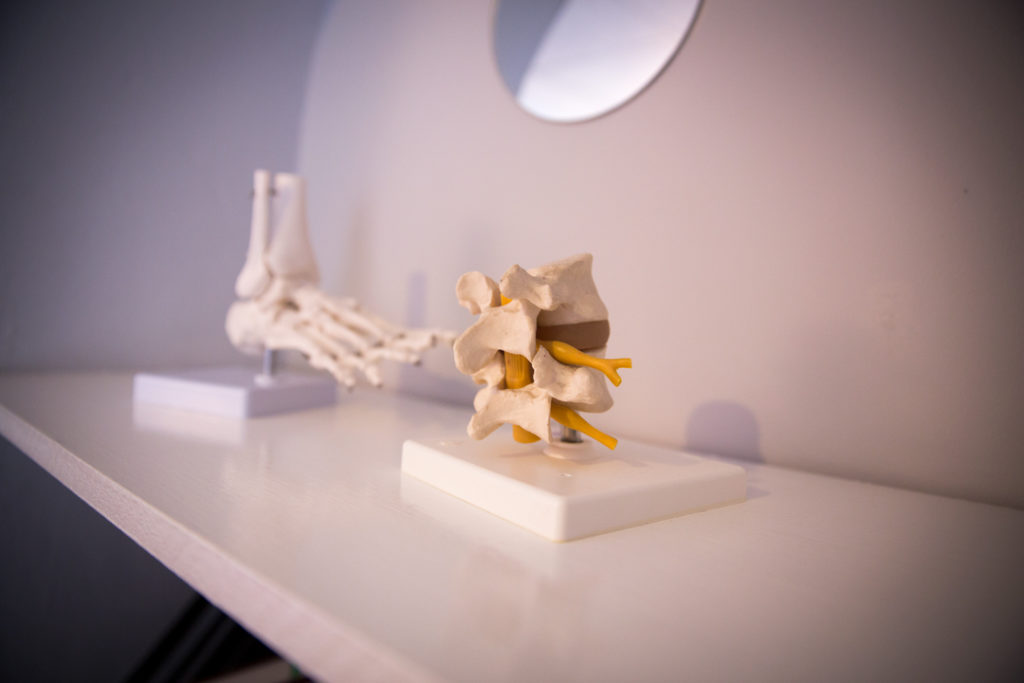
Running technique for injury avoidance and speed (Part 1 of 2)
I personally haven’t ran since my hair retried, there’s something about the feeling of a cold breeze on your scalp that just doesn’t quite gel with my memories of the wind rushing through my hair as I glide down the Thames riverbank. However, treating runners and prepping them for marathon and races has been a speciality of mine for almost 10 years so I wanted to share a bit of insider information about the 7 key aspects of running form that you can use to cover distance and avoid injury!
Cadence/stride length
Different running distances require different stride lengths, for sprinting we need a high knee and long stride but most people don’t know that for jogging for pleasure or long distance at speed we need a very short stride. This is because in a long stride the foot lands in front of the knee, and over longer distances at lower speeds this jars the knee, hip and pelvis. It also limits our speed as ground reaction force pushes us backwards rather than springing us forwards like it will with a short stride.
Summary
A short stride not only increases forward motion, but it also avoids excess force travelling up into the knee and hip where over time it can cause injuries.
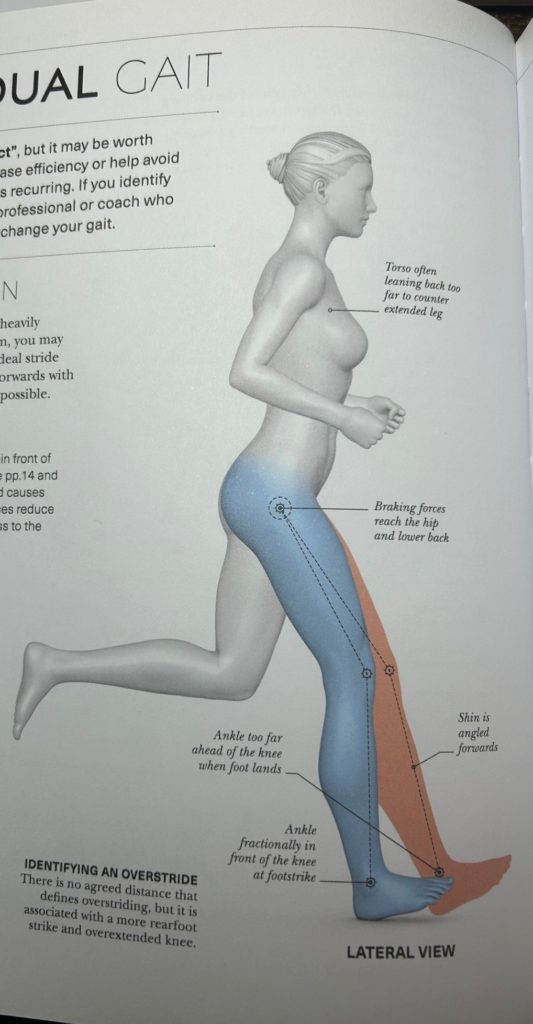
We want the foot to land under or just behind the knee so we roll easily through the stride and maintain forward momentum. The easiest way to correct this is not to think about the length of the stride, but instead how many you take. If you try to take lots of small steps then you will naturally shorten your stride length and then bobs your teapot.
Avoiding cross over
Distance running is a game of efficiency. We want to convert as much of our effort as possible into forward momentum and limit the forces which hold us back or dissipate our forward motion. One small but overlooked part of this efficiency game is foot cross over. Often evidenced by runners who kick rain/mud onto one ankle but not the other this is when one foot, or in rare instances both feet, cross the midline of the body as they land.
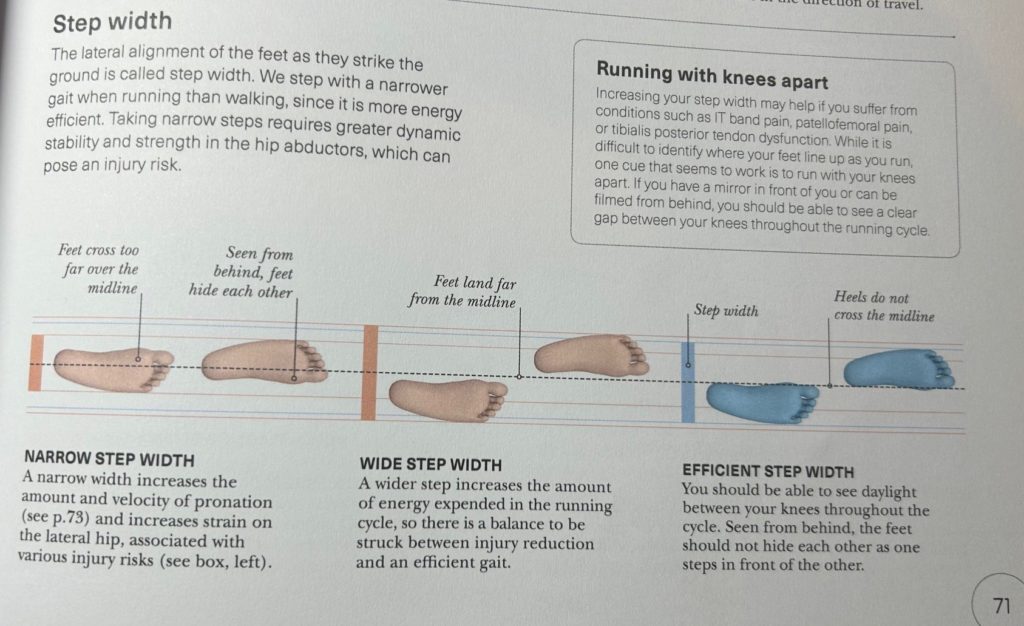
When the foot lands under middle of the body instead of under the hip, our ankle and knee are forced inwards further than is natural and the ligaments absorb extra force meaning that force isn’t converted into forward motion. This is also a common cause of excessive strain on those same ligaments as well as the ITB which leads to the clicking and/or pain associated with runners knee. The simple fix is imaging that you’re running on train tracks that are the width of your shoulders, or imagine running on a pair of skis if you’re a true North Down Gentlelady.
Bouncing (Don’t be at it)
This is by far my favourite running quirk to observe in the wild. People bobbing up and down like ducks on a choppy river or happy puppies getting a treat. Thankfully it’s a bit less serious on the injury front but none the less a complete waste of effort. Running is about moving forward and the energy that’s spent to bouncing along the road could be much better spent propelling you forward.
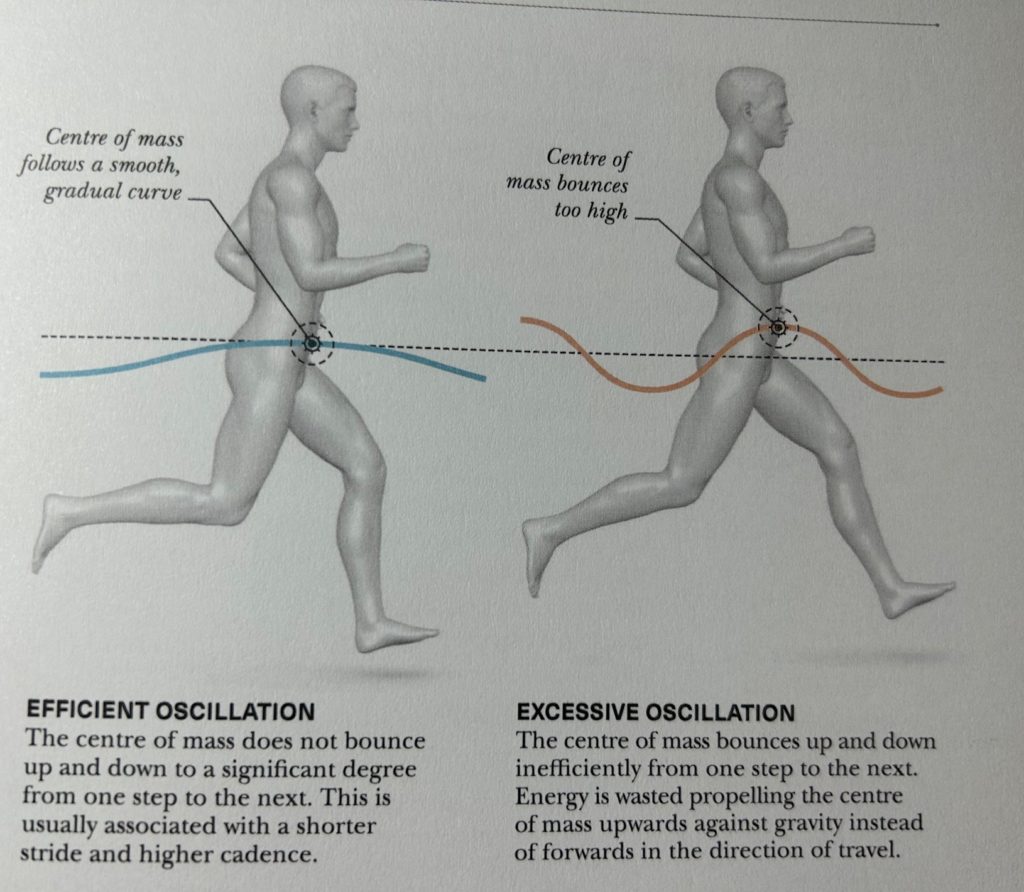
Good amount of bounce Too much bounce
The cue I’ve found easiest for correcting this error is to imagine running in a low ceiled room, but please don’t actually run in one. If you find it a strange adaptation at first simply take note of just how much bounce is going on and focus on moving forward rather than upwards. Shortening stride will also contribute to less bounce so working on those two simultaneously can be helpful.
In conclusion
So there you go, you’re now running with tiny steps on skis in a low ceiling room, weird I know, but on the plus side you’re going twice the speed with half the injuries. Who said technique and form work wasn’t fun.
What if I just can’t make my form work?
If you’re a runner and concerned about your form, or have tried to correct form but found it impossible give us a call and book in with Mark. There may be musculoskeletal dysfunctions preventing you from running like the wild horse you truly are and Mark would be love to help out.
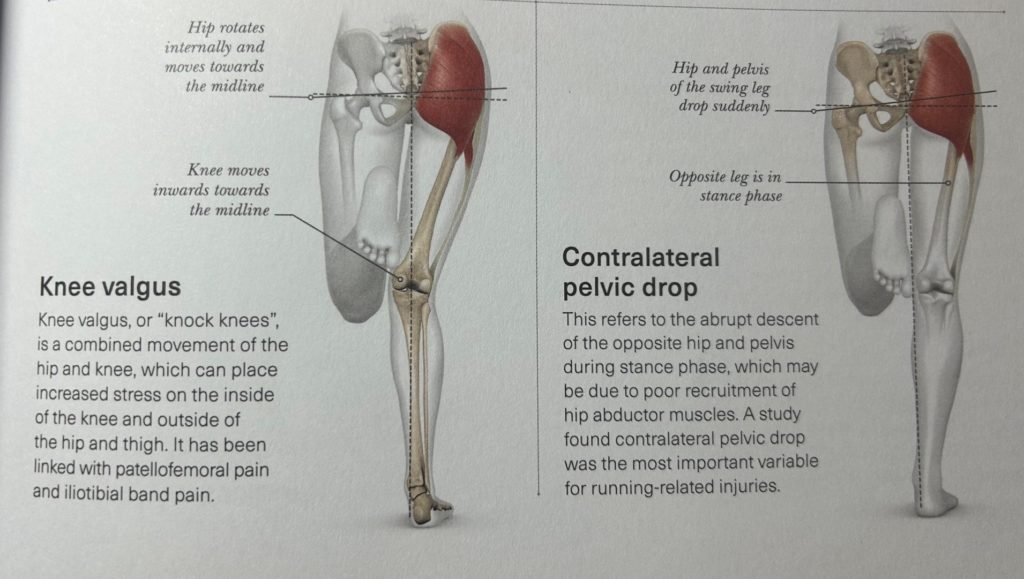
references – science of running by chris napier.- all images.
More Posts
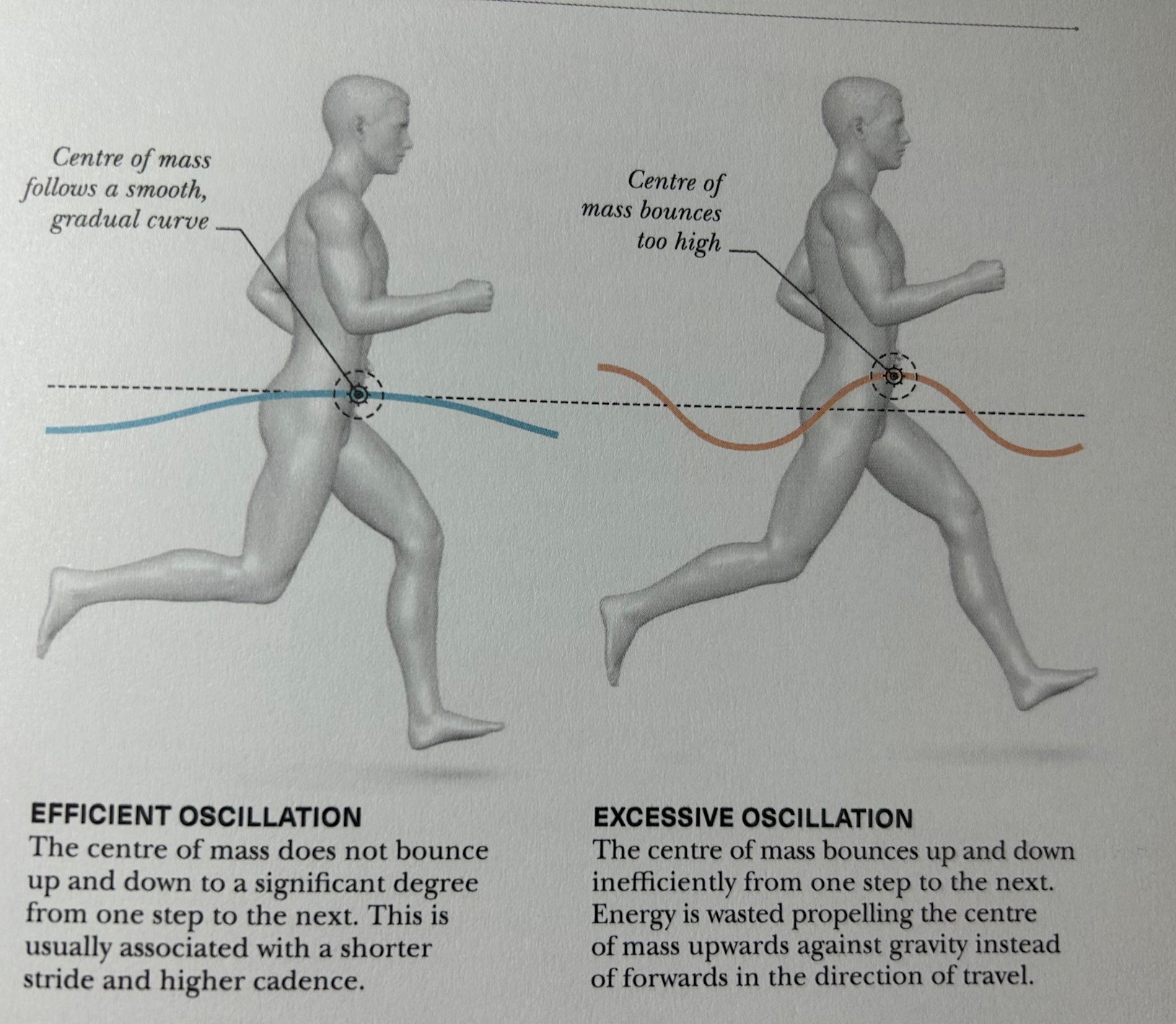
Running blog: Part two
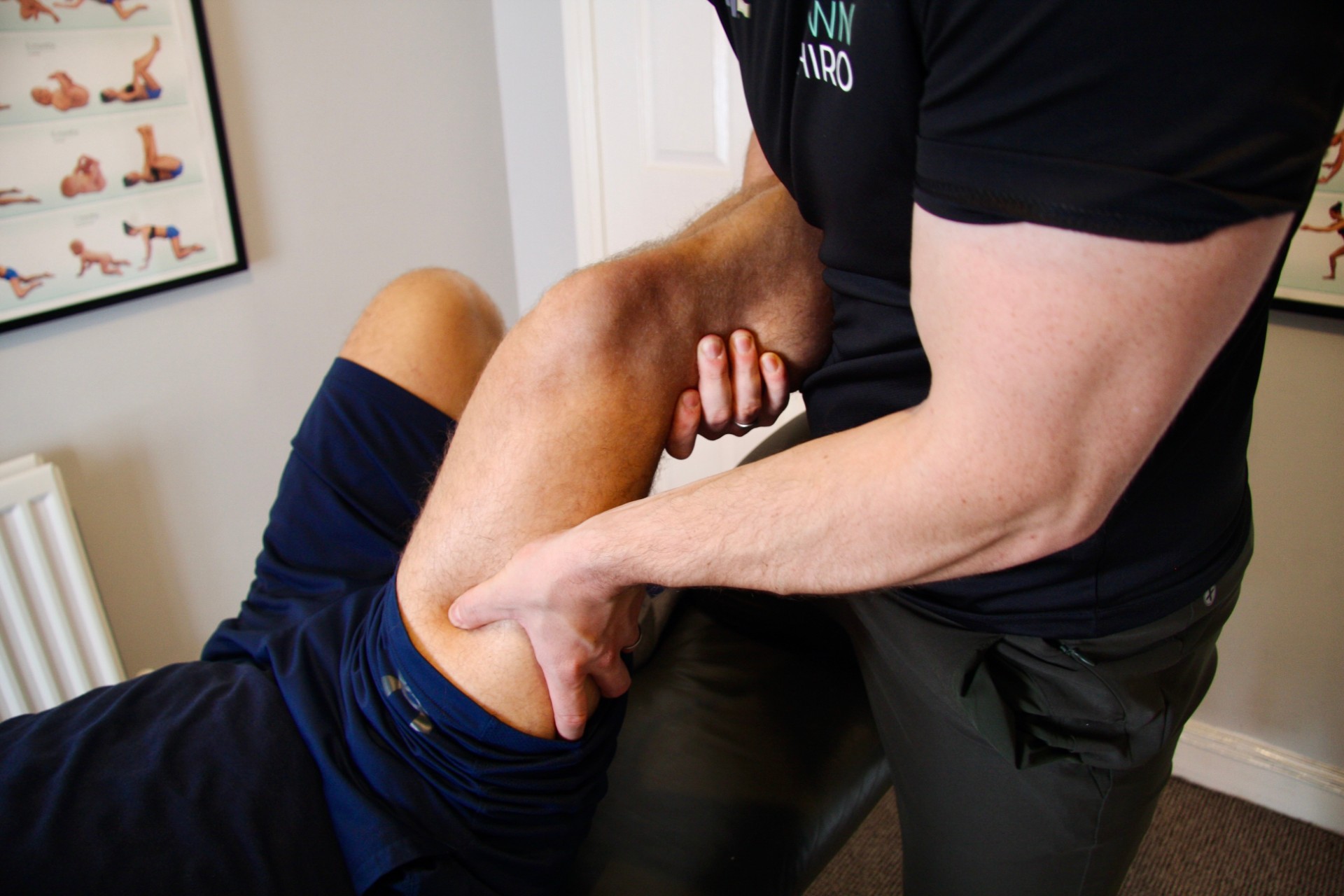
Physiotherapy for Runners with Hip Pain: How to Get Back on Track
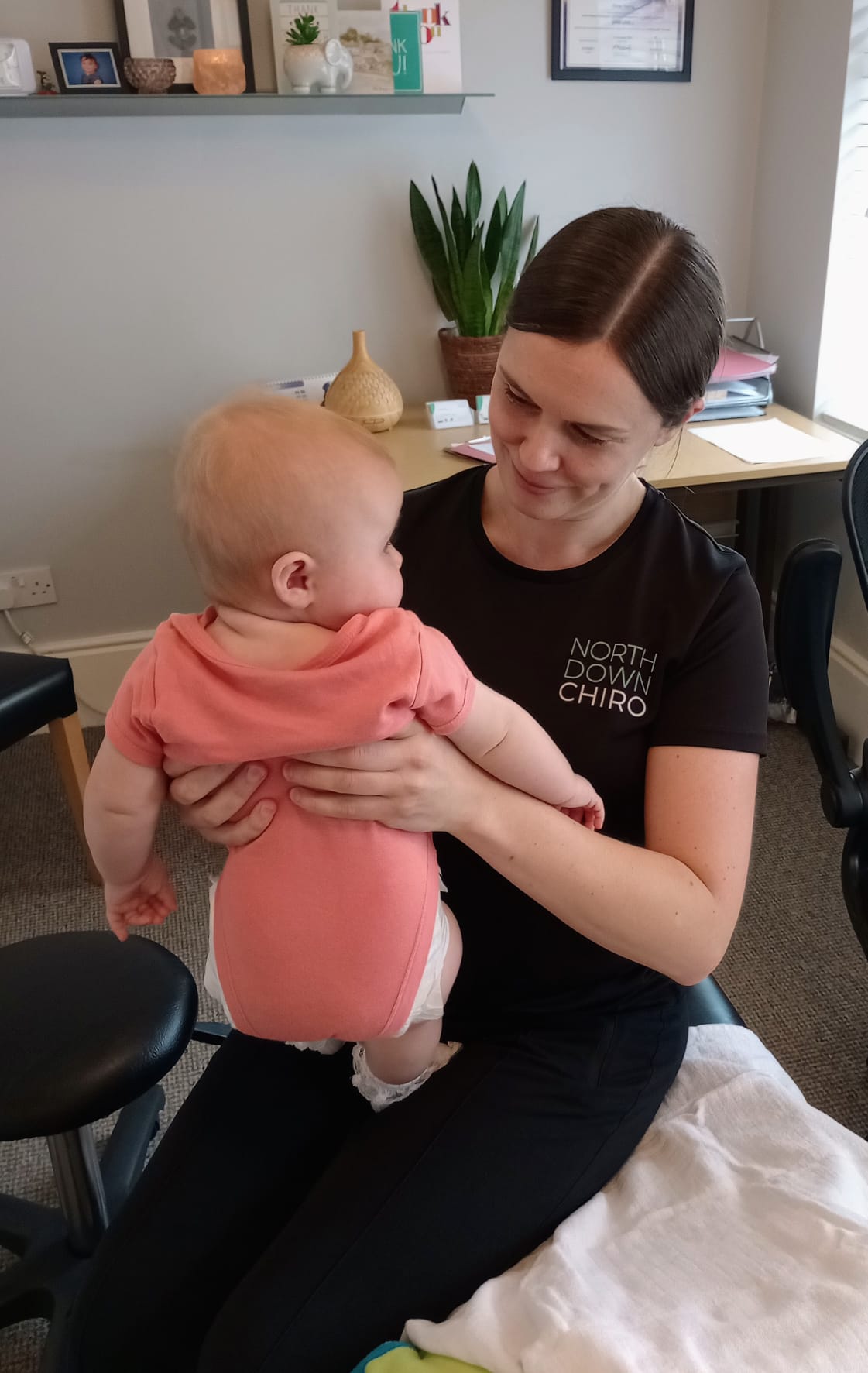
Parenting ‘Perils’
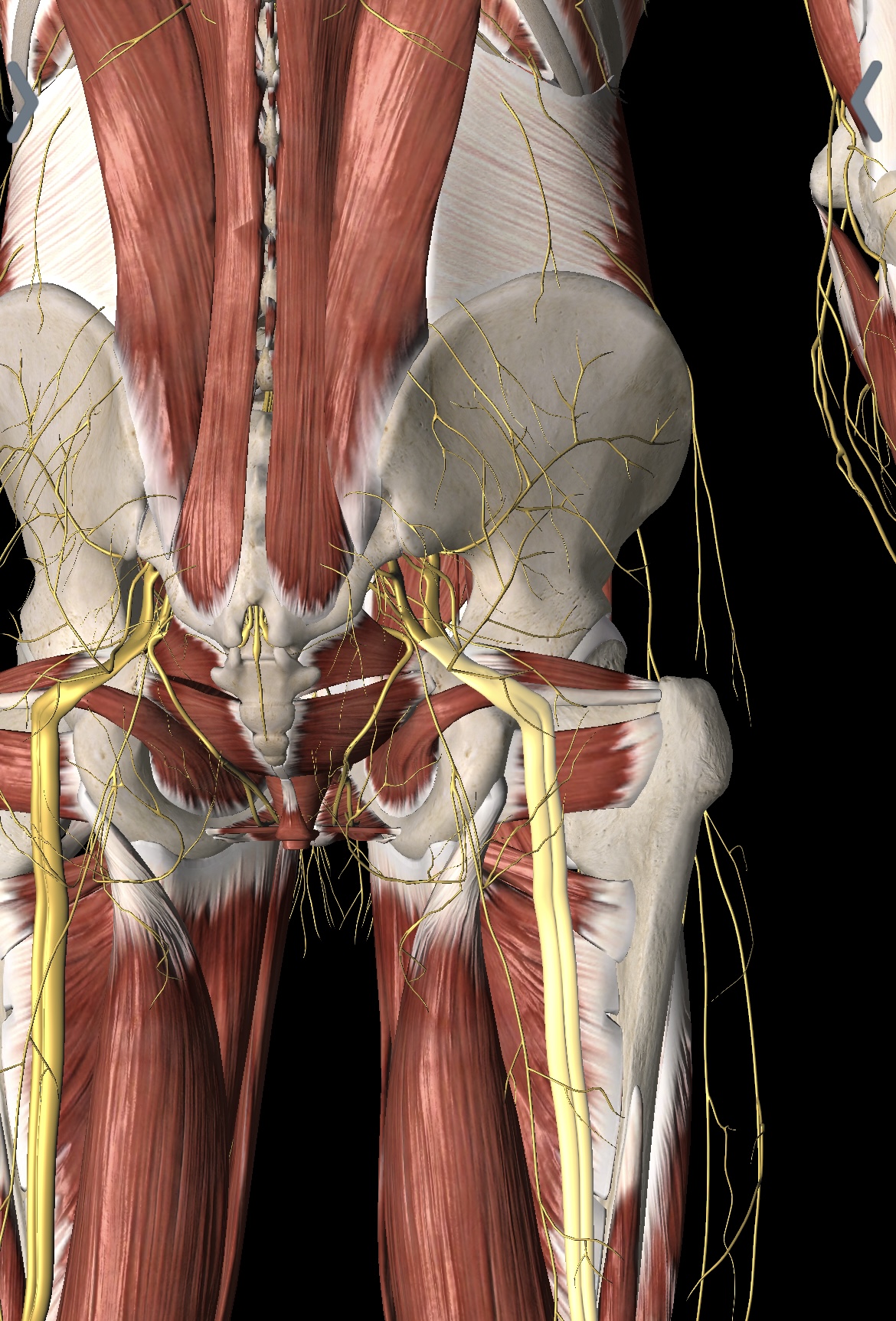
Sciatica explained

Osteoporosis/Bone thinning
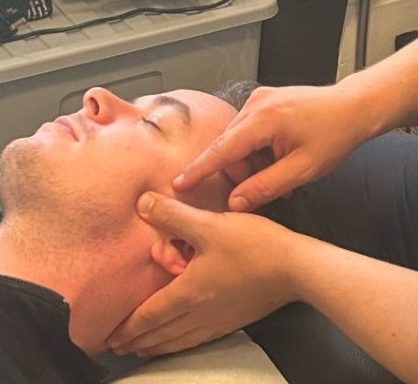
Physiotherapy for Jaw pain/TMJ
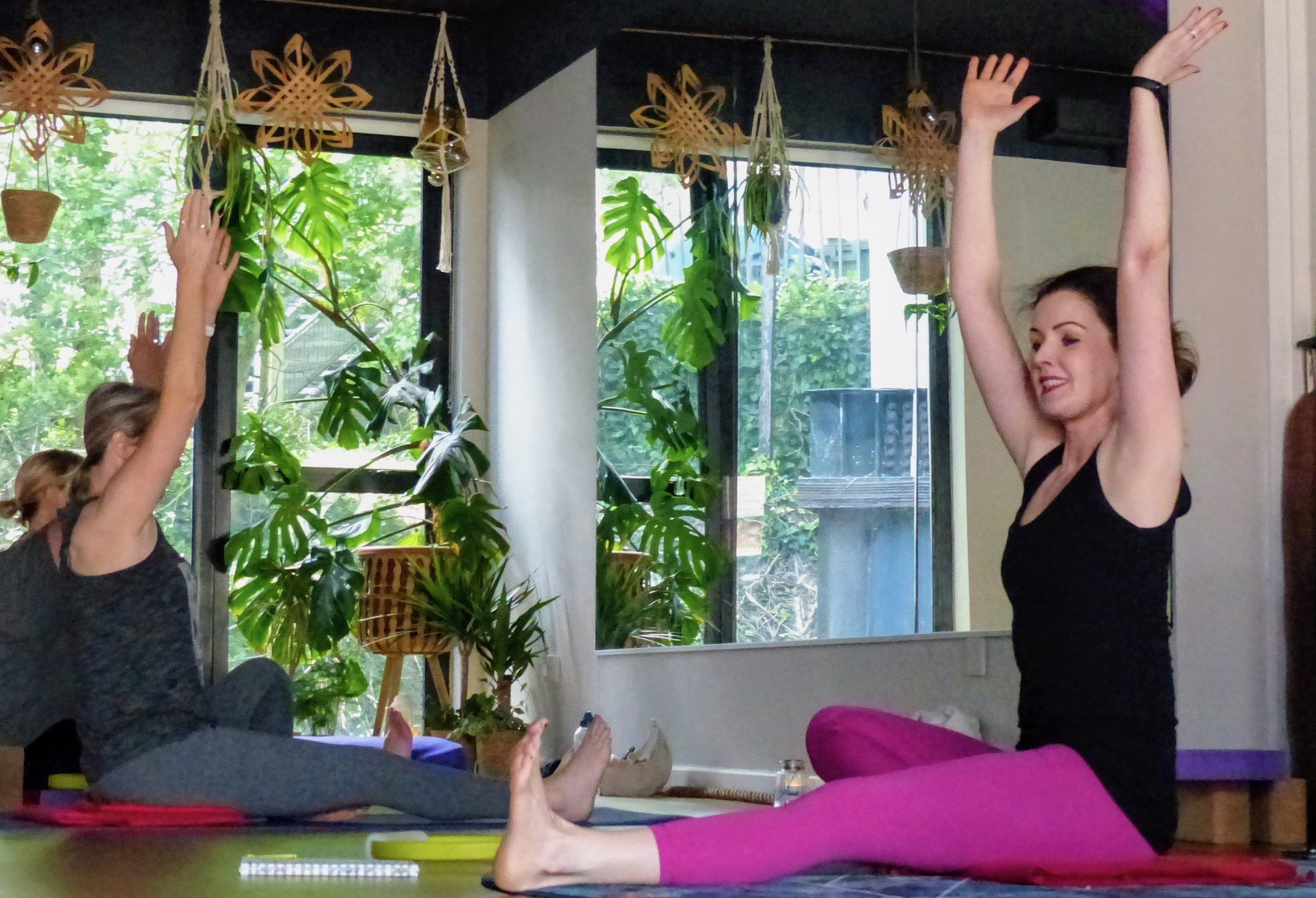
Pilates now available
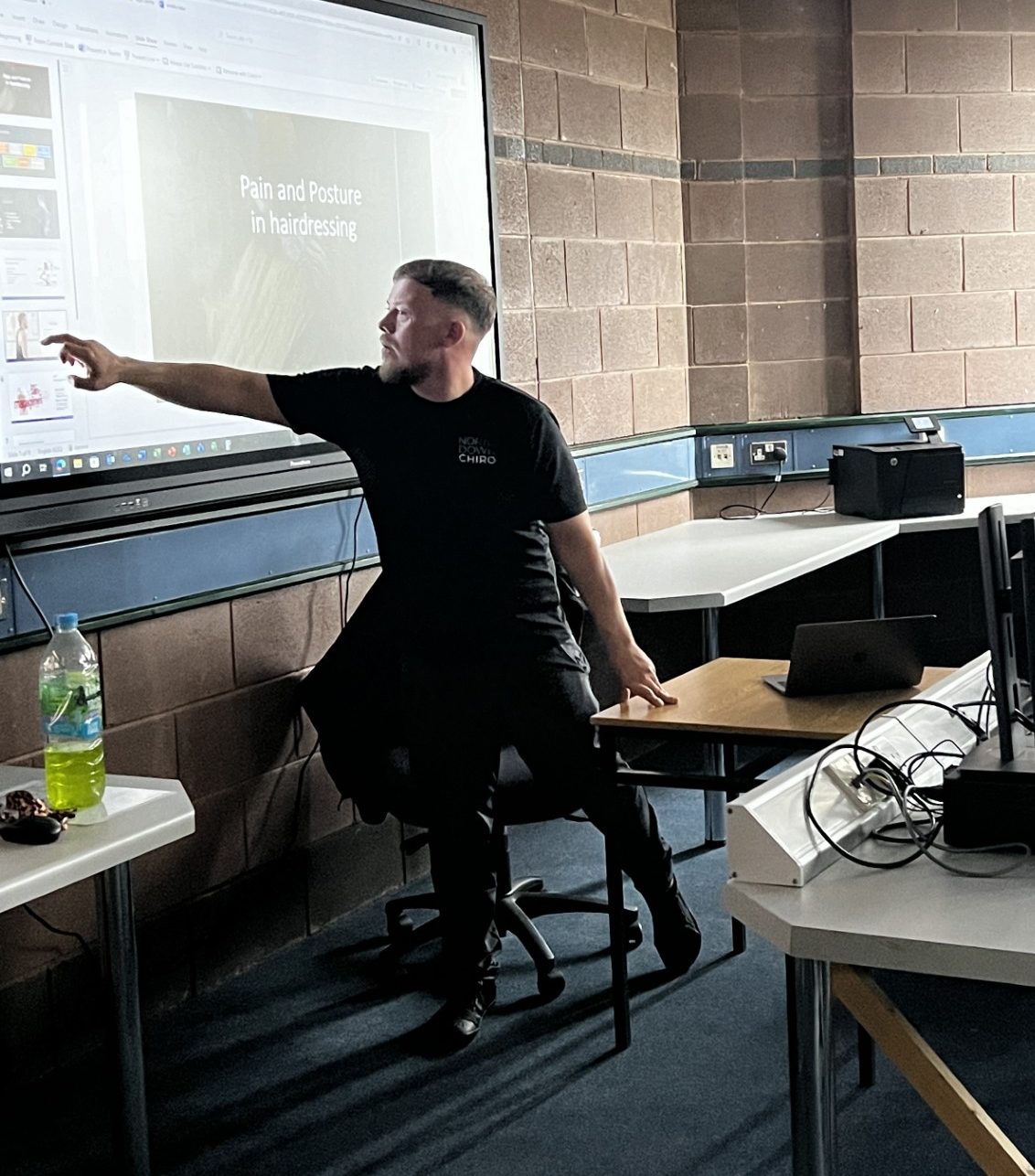
Physiotherapy, Pain and hairdressing



